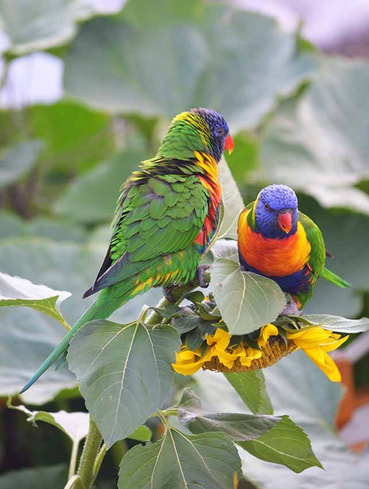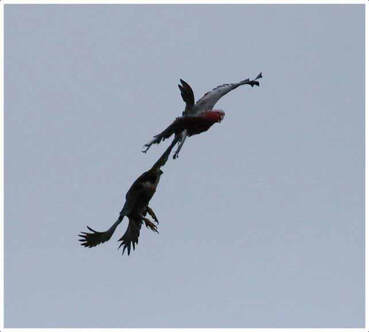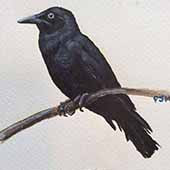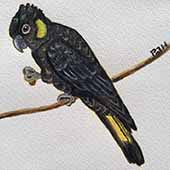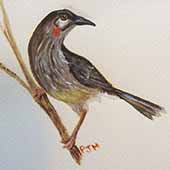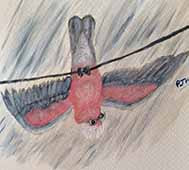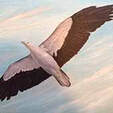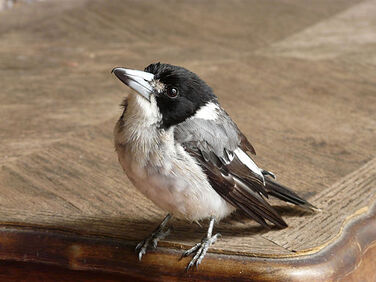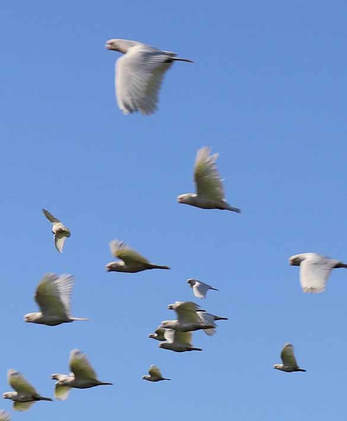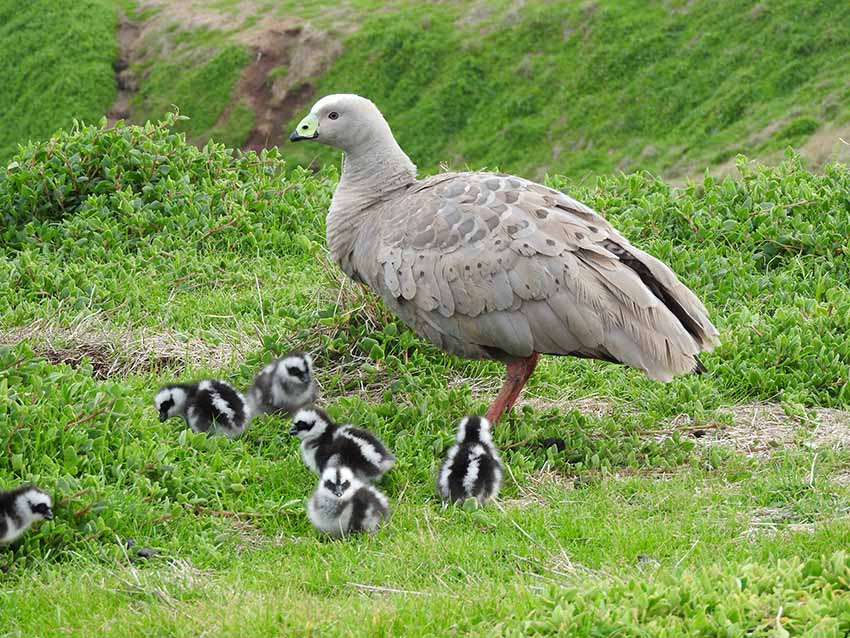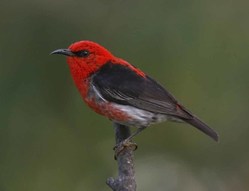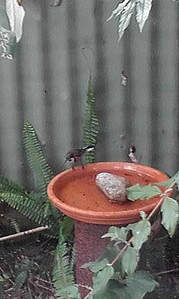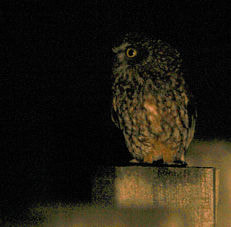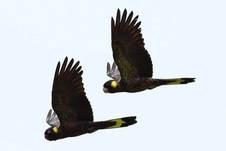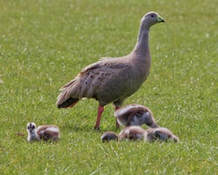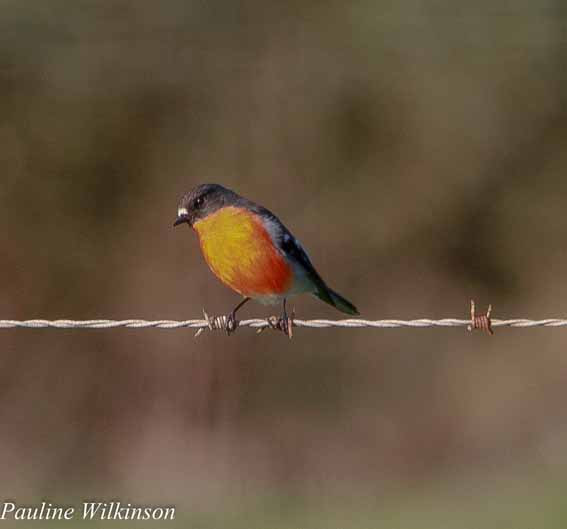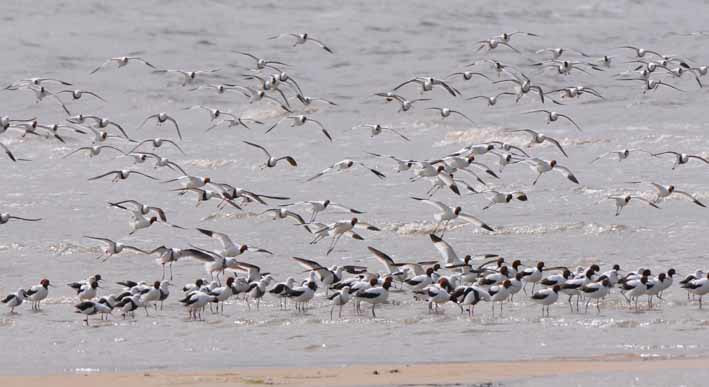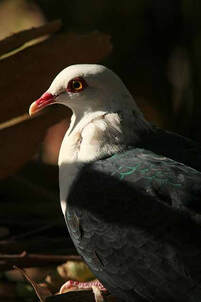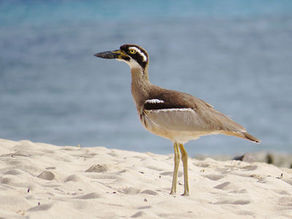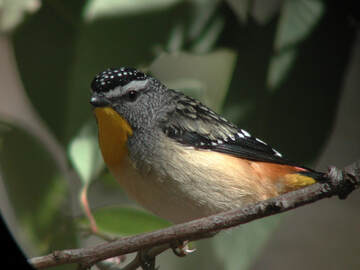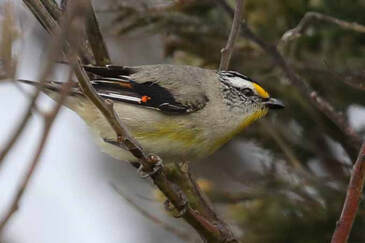 Striated pardalote. Photos: Sue Woolley
Striated pardalote. Photos: Sue Woolley OUTSIDE our four walls is a wonderland of nature constantly enticing me. I walk daily in the local Wonthaggi area, and make the walk more interesting and fun by counting and recording the birds along the way, enjoying their antics and looking out for those elusive less common birds. Exercise for the body and the mind!
It’s a fascinating and rewarding hobby that involves quite a bit of detective work. First, you need to look for birds and then try to recognise them from their shape, size and colour. You will be surprised how many birds you already know, such as kookaburras, galahs, fairy wrens, rainbow lorikeets, blackbirds, cockatoos and robins.
